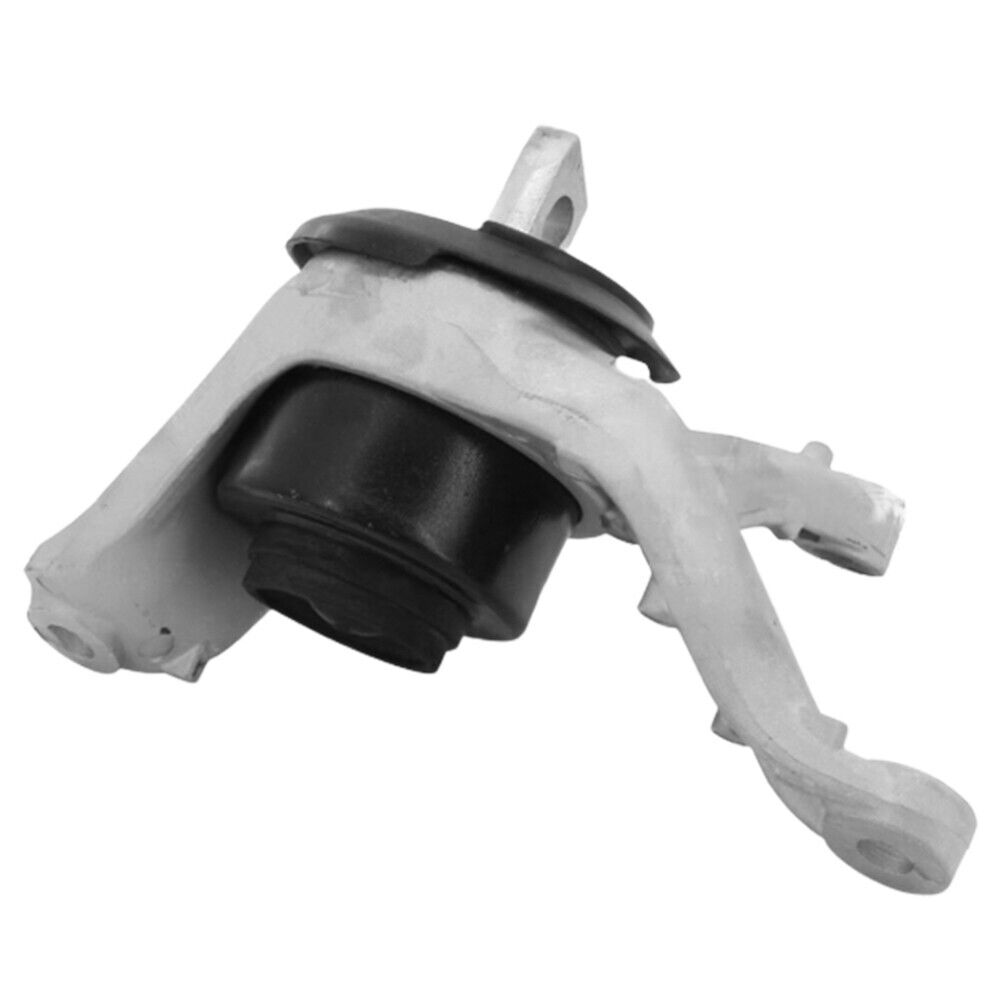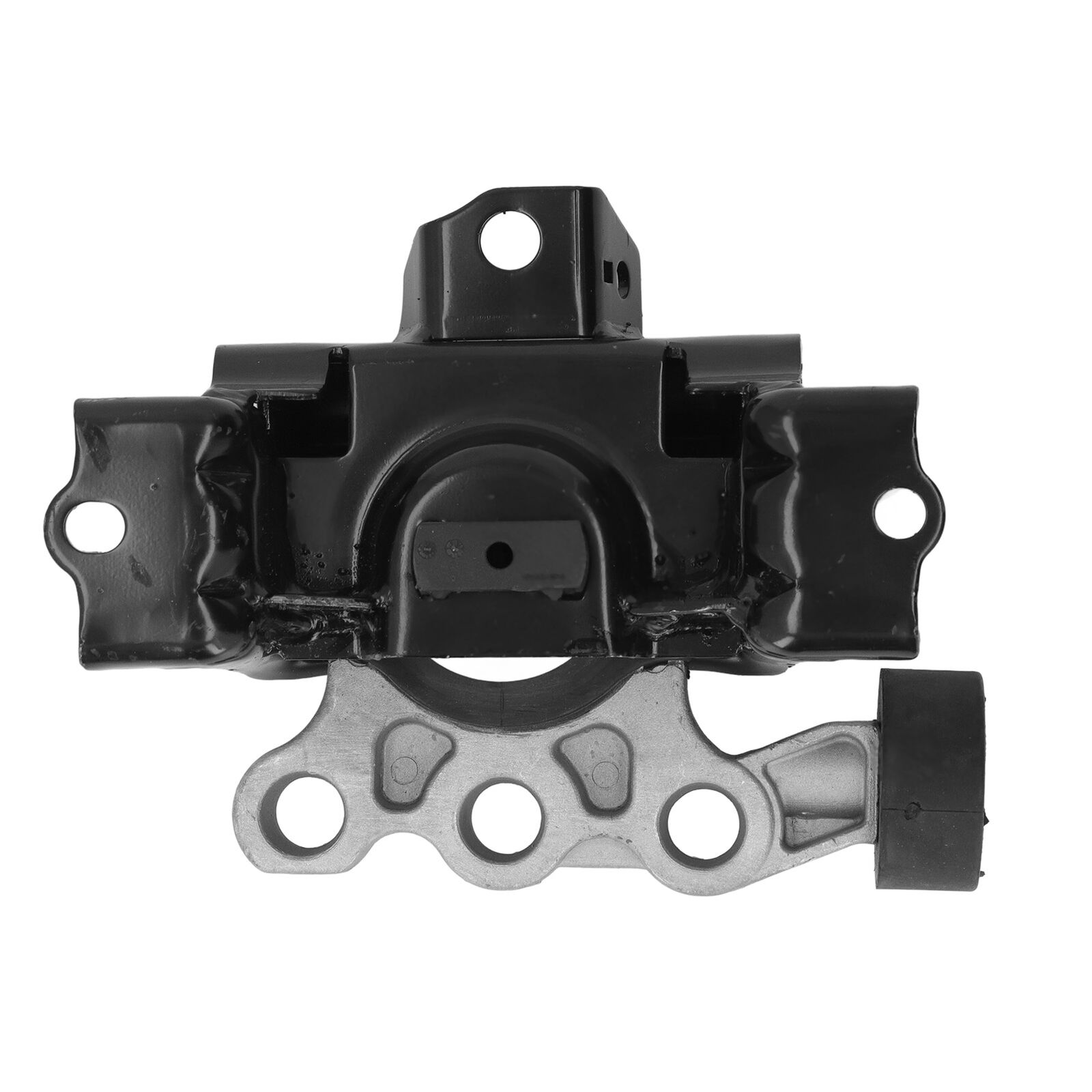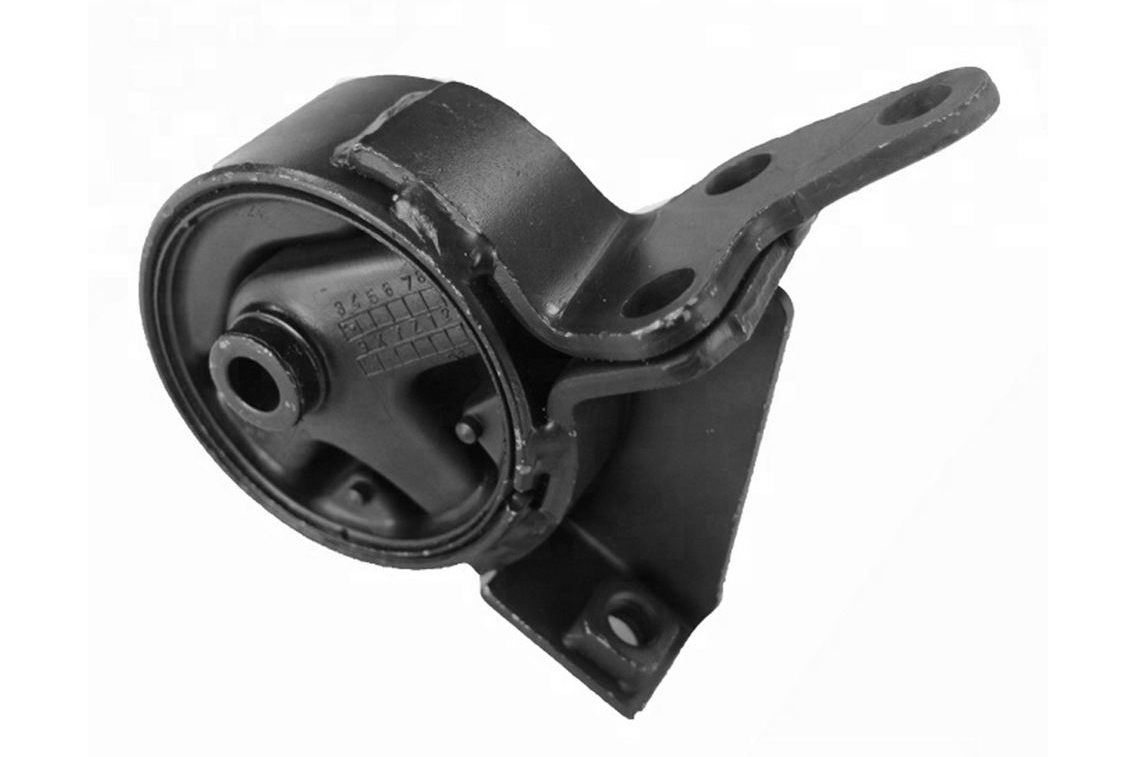Categories
Hot News

Online consulting
If you have any questions, please contact our online customer service staff immediately
The Material Science of Engine Mounts: Engineering Comfort from the Molecular Level Up
 Click:224
Click:224  Time:2025-10-30 11:21:46
Time:2025-10-30 11:21:46
The effectiveness of an engine mount is not solely a question of its design architecture—whether hydraulic or active—but is fundamentally determined by the advanced materials from which it is constructed. The quest to balance the conflicting demands of strength, durability, and vibration isolation has driven material science to develop sophisticated elastomeric compounds that are as critical to vehicle performance as the engine itself.
At the heart of most mounts lies a specialized elastomer, typically a form of rubber. However, this is not ordinary rubber. The compound is a carefully engineered blend of natural or synthetic polymers, carbon black for reinforcement, and various chemical additives to resist environmental degradation. The primary challenge for this elastomer is fatigue resistance. An engine mount must withstand millions of cyclical load cycles over a wide temperature range, from sub-zero winter conditions to the intense heat radiating from the engine bay, which can exceed 100°C (212°F). Any degradation in the elastomer's properties—such as hardening, cracking, or permanent deformation (set)—leads to a direct and noticeable loss of NVH performance.
The bond between the rubber and the metal mounting brackets is another critical area of material science. This interface is subjected to immense shear and peel stresses. Failure here is catastrophic, as it would result in the powertrain breaking free. Achieving a permanent, high-strength bond requires meticulous preparation of the metal surface and the use of specialized adhesives, often applied during a high-temperature vulcanization process. This creates a single, integral component capable of distributing stresses efficiently.
For hydraulic mounts, the internal fluid presents its own set of material constraints. This is not standard automotive coolant or brake fluid. It is a specially formulated silicone-based or glycol-based fluid with carefully controlled viscosity and temperature stability. Its performance must remain consistent, as changes in viscosity due to temperature swings would alter the damping characteristics of the mount. Furthermore, the internal diaphragms and membranes must be made from materials resistant to this fluid while remaining flexible over the vehicle's entire service life.
The latest frontier involves the integration of "smart" materials directly into the mount's structure. Researchers are exploring mounts that use Magnetorheological (MR) or Electrorheological (ER) fluids. These fluids can change their viscosity almost instantaneously when exposed to a magnetic or electric field, respectively. This allows for a solid-state adaptive mount without the complex pumps and actuators of a fully active system, offering a robust solution for real-time vibration control.
In conclusion, the engine mount is a testament to the hidden complexity of modern automobiles. It is a component where polymer chemistry, fluid dynamics, and adhesion science converge. The silent, vibration-free operation of a luxury vehicle is not an accident; it is a carefully engineered achievement, starting at the molecular level of the materials within its engine mounts.
At the heart of most mounts lies a specialized elastomer, typically a form of rubber. However, this is not ordinary rubber. The compound is a carefully engineered blend of natural or synthetic polymers, carbon black for reinforcement, and various chemical additives to resist environmental degradation. The primary challenge for this elastomer is fatigue resistance. An engine mount must withstand millions of cyclical load cycles over a wide temperature range, from sub-zero winter conditions to the intense heat radiating from the engine bay, which can exceed 100°C (212°F). Any degradation in the elastomer's properties—such as hardening, cracking, or permanent deformation (set)—leads to a direct and noticeable loss of NVH performance.
The bond between the rubber and the metal mounting brackets is another critical area of material science. This interface is subjected to immense shear and peel stresses. Failure here is catastrophic, as it would result in the powertrain breaking free. Achieving a permanent, high-strength bond requires meticulous preparation of the metal surface and the use of specialized adhesives, often applied during a high-temperature vulcanization process. This creates a single, integral component capable of distributing stresses efficiently.
For hydraulic mounts, the internal fluid presents its own set of material constraints. This is not standard automotive coolant or brake fluid. It is a specially formulated silicone-based or glycol-based fluid with carefully controlled viscosity and temperature stability. Its performance must remain consistent, as changes in viscosity due to temperature swings would alter the damping characteristics of the mount. Furthermore, the internal diaphragms and membranes must be made from materials resistant to this fluid while remaining flexible over the vehicle's entire service life.
The latest frontier involves the integration of "smart" materials directly into the mount's structure. Researchers are exploring mounts that use Magnetorheological (MR) or Electrorheological (ER) fluids. These fluids can change their viscosity almost instantaneously when exposed to a magnetic or electric field, respectively. This allows for a solid-state adaptive mount without the complex pumps and actuators of a fully active system, offering a robust solution for real-time vibration control.
In conclusion, the engine mount is a testament to the hidden complexity of modern automobiles. It is a component where polymer chemistry, fluid dynamics, and adhesion science converge. The silent, vibration-free operation of a luxury vehicle is not an accident; it is a carefully engineered achievement, starting at the molecular level of the materials within its engine mounts.
TAG:
 hbtaiji@aliyun.com
hbtaiji@aliyun.com +86-18632966266
+86-18632966266








 Tel:
Tel: Email:
Email: Adds:
Adds: Home
Home WhatsApp
WhatsApp Email
Email